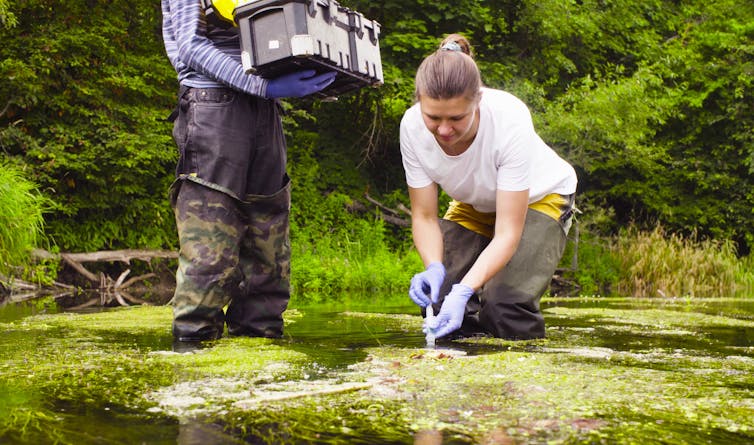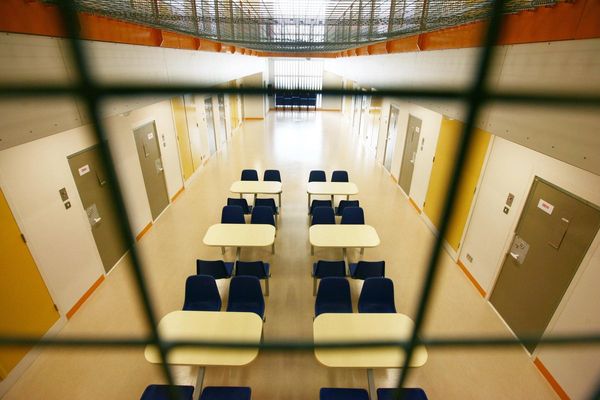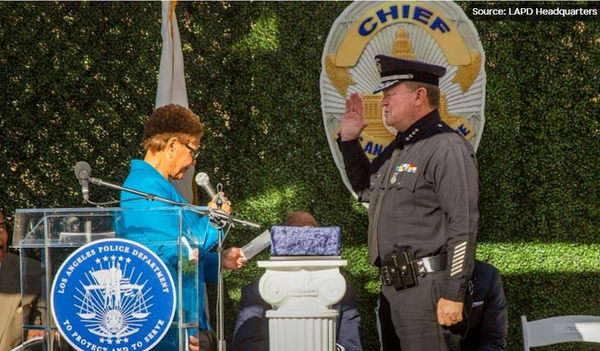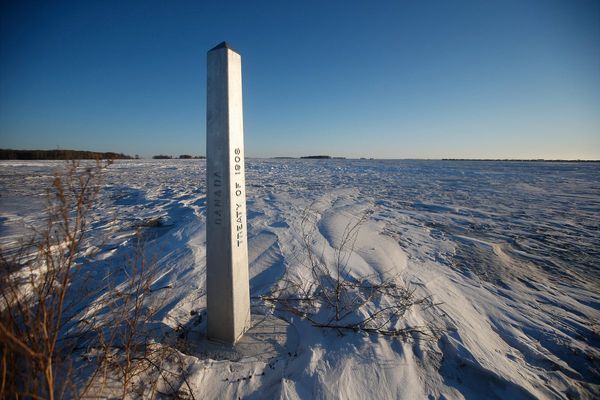
Environmental scientists in Canada continue to be stifled in their ability to conduct and communicate their research. Interference in science, also referred to as “muzzling,” was a well-documented concern during the Conservative government of the early 2010’s, when it gripped the collective consciousness of Canadian federal public sector scientists. Our research sheds light on a broader understanding of the recent interference in environmental sciences in Canada.
Interference is used to describe intentional and unfair constraints on scientists that restrict their ability to conduct and communicate their work. Examples of interference include restrictions on ability to communicate work to the public or colleagues (muzzling), workplace harassment, and undue modifications made to findings that alter the data or its interpretation.
Interference has serious consequences. It causes issues with researchers’ mental health and career satisfaction as well as limits the ability of taxpayer-funded research to be shared with the public.
Even more seriously, interference can lead to downplaying environmental risks or a lack of good information to support decision-making and policies about resource extraction and the environment.
Study shows interference is ongoing in Canada
We recently surveyed 741 environmental researchers across Canada in two separate studies into interference. We circulated our survey through scientific societies related to environmental fields, as well as directly emailing Canadian authors of peer-reviewed research in environmental disciplines.
Researchers were asked (1) if they believed they had experienced interference in their work, (2) the sources and types of this interference, and (3) the subsequent effects on their career satisfaction and well-being.
We also asked demographic information to understand whether researchers’ perceptions of interference differed by career stage, research area or identity.

Although overall ability to communicate is improving, interference is a pervasive issue in Canada, including from government, private industry and academia. We found 92 per cent of the environmental researchers reported having experienced interference with their ability to communicate or conduct their research in some form.
Interference also manifested in different ways and already-marginalized researchers experienced worse outcomes.
History of interference in Canada
Under the Conservative government of Stephen Harper, first-hand reports of muzzling by federal government scientists were common. These frustrations eventually boiled over in 2013 when hundreds of scientists took to the streets in lab coats to protest the “war on science.”
These claims were later backed in a survey by the Professional Institute of the Public Service (PIPSC). Their 2013 survey of federal scientists found that 90 per cent of respondents felt restricted in their ability to conduct and communicate research, and 70 per cent reported political interference.
In 2015, the Liberals, under Prime Minister Justin Trudeau, were elected on promises to lift restrictions and implement a Model Policy on Scientific Integrity. Versions of this policy were adopted in 2019 across all federal scientific departments.
In 2016, PIPSC conducted a follow up survey. They found that although accounts of muzzling had decreased, 50 per cent of respondents still felt restricted in their ability to conduct and communicate work, and 40 per cent experienced ongoing political interference.
Interference in science today
Though informative, the PIPSC survey was limited in scope: they only focused on federal government scientists and didn’t investigate all sources of interference, or which subgroups of scientists were most vulnerable. Our research addressed these gaps and investigated the impact of the scientific integrity policies.
In our survey, respondents indicated that, overall, their ability to communicate with the public has improved in the recent years. Of the respondents aware of the government’s scientific integrity policies, roughly half of them attribute positive changes to them.
Others argued that the 2015 change in government had the biggest influence. In the first few months of their tenure, the Liberal government created a new cabinet position, the Minister of Science (this position was absorbed into the role of Minister of Innovation, Science, and Industry in 2019), and appointed a chief science advisor among other changes.

Though the ability to communicate has generally improved, many of the researchers argued interference still goes on in subtler ways. These included undue restriction on what kind of environmental research they can do, and funding to pursue them. Many respondents attributed those restrictions to the influence of private industry.
Respondents identified the major sources of external interference as management, workplace policies, and external research partners. The chief motivations for interference, as the scientists saw it, included downplaying environmental risks, justifying an organization’s current position on an issue and avoiding contention.
Our most surprising finding was almost half of respondents said they limited their communications with the public and policymakers due to fears of negative backlash and reduced career opportunities.
In addition, interference had not been experienced equally. Early career and marginalized scientists — including those who identify as women, racialized, living with a disability and 2SLGBTQI+ — reported facing significantly more interference than their counterparts.
Scientists studying climate change, pollution, environmental impacted assessments and threatened species were also more likely to experience interference with their work than scientists in other disciplines.
The consequences for Canadians and our environment
Environmental policy is only as good as the evidence it is based on. In the current climate crisis, effective environmental policy has never been more important. If scientists cannot freely conduct and communicate their work, the gap between evidence and policy widens, and that means Canada gets less effective laws and policies.
Environmental scientists are doing essential work. They are informing and equipping us to fight against the climate crisis, prevent extinction of species and solve the multitude of environmental challenges we face. If scientists are unable to effectively communicate with the public, democratic decision-making, that depends on informed voters, could be compromised as well.
All institutions employing scientists must take active steps to protect them from interference. This can be done by implementing and upholding scientific integrity policies, similar to those of the federal government, and creating better supports for early career researchers and those from marginalized backgrounds.
From the public and the news media, we should demand that scientists’ voices and knowledge have a secure place in public discourse, while also protecting them from online harassment and backlash. We are grateful to have been able to undertake and share our research without interference. We hope that changes can be made so that scientists, in all sectors and all institutions, share this privilege.
Nada Salem from Evidence for Democracy also co-authored this article.
Alana Westwood received funding to support this work from the Social Sciences and Humanities Research Council of Canada.
Manjulika E. Robertson received funding from the Nova Scotia Graduate Scholarship.
Samantha M. Chu does not work for, consult, own shares in or receive funding from any company or organisation that would benefit from this article, and has disclosed no relevant affiliations beyond their academic appointment.
This article was originally published on The Conversation. Read the original article.







